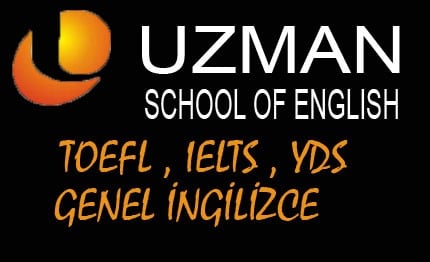Education System
At Uzman Dil School, the best foreign language course in Adana, General English Programs are taught based on CEF* data, which is recognized worldwide. The educational system is designed to consider the use of English as a second language in various regions. Each level’s content is carefully structured to ensure systematic progress for the student. Moreover, our curriculum balances grammar, writing, speaking, listening, and reading, which are the fundamental aspects of a language.
*CEF (Common European Framework of Reference for Languages)
Common European Framework of Reference for Languages (CEFR)
The CEFR provides common criteria for the development of foreign language curricula, assessment, and teaching materials across Europe. It also sets common standards for determining and certifying language proficiency and promotes lifelong learning. The CEFR offers a shared perspective for educational managers, program developers, teachers, and teacher trainers, facilitating communication on the same platform.
Levels (Courses)
Effective English education is possible in classes that best match your level. Uzman Dil students are placed in the most suitable classes after a detailed placement test. Each Level (Course) consists of 100-120 hours. Quizzes and mid-term exams are conducted throughout the level to measure and evaluate progress.
Goals of Language Teaching
The Communicative Approach, the most widely accepted method globally, is also successfully used at Uzman Dil, which is always innovative. But what exactly does this method entail? We believe it’s important for you to understand the methods we use to provide the best education possible. So, let’s delve into the Communicative Approach.
The Communicative Approach equals Communicative Language. The aim of Communicative Language Teaching is to teach communicative competence. What does this mean? We can explain this term by comparing it with the concept of grammatical competence. Grammatical competence refers to our knowledge of how to form sentences in a language.
These include the elements that make up a sentence (adjectives, nouns, adverbs, verbs, tenses, word groups, clauses, sentences, etc.) and the knowledge of how sentences are structured. Grammatical competence is often addressed in grammar books, where the rule is explained on one page and exercises are provided on the other. The unit of analysis and application is usually the sentence. While grammatical competence is an important aspect of language learning, it alone is not sufficient, as a person who knows grammar rules very well may still be weak in the communicative use of the language. The term “Communicative Competence” refers to the ability to use the language for communication.
Communicative competence includes the following aspects of language learning:
Knowing how to use the language for different purposes and in different situations
Knowing how to use appropriate language depending on the people and settings (e.g., when to speak formally or informally, or how written language differs appropriately from spoken language)
Knowing how to write different text types (stories, reports, interviews, conversations)
Knowing how to communicate in the language despite deficiencies (by using different communication strategies)
WITH UZMAN DIL’S CONTEMPORARY AND MODERN EDUCATIONAL SYSTEM, YOU CAN QUICKLY ACHIEVE SUCCESS.
englishenglish courseenglish educationlanguage courselanguage educationtoeflydsyds course

